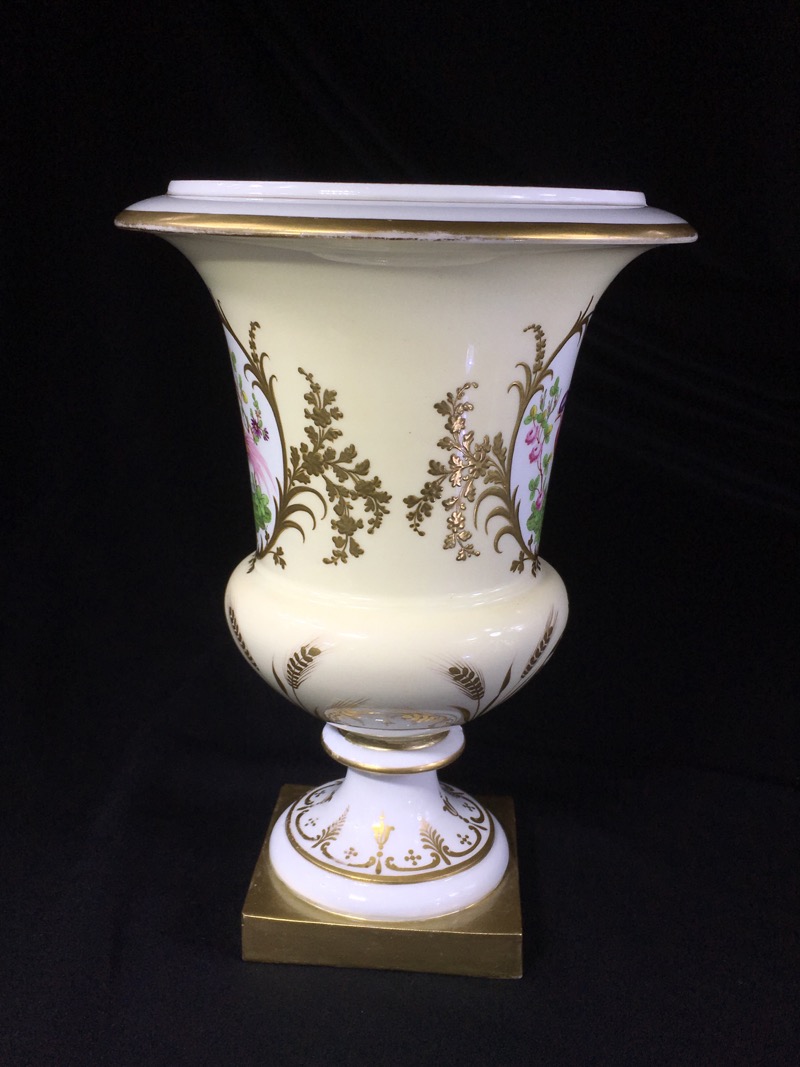
Minton porcelain urn, Worcester birds with ‘Nantgarw’ mark, c.1830 Moorabool Antiques Galleries
Established in 1793, Minton Pottery is an iconic British ceramics manufacturer with a storied legacy of producing fine bone china, earthenware, and porcelain items for over two centuries. Their wares have graced the tables of nobility and have been coveted by collectors worldwide.

MINTON ANTIQUE MAJOLICA POTTERY PINEAPPLE JUG 1873 eBay
View Antique Minton Marks.. In 1870, Minton's Art Pottery Studio was established in Kensington, London. The art studio was set up under the direction of the painter WS Coleman, in order to encourage both amateur and professional artists to decorate china and tiles for Minton. Although popular and influential, unfortunately the studio was.
Minton Majolica snail and acorn jug/pitcher (unusual form)
1. Bone China 2. Fine China 3. Porcelain China How Is Minton China Made? What Are the Features of Minton China? Minton China Marks How to Care for Minton China? Where to Purchase Minton China? What Are the Most Popular Minton China Patterns? Frequently Asked Questions What is Minton China? What sets Minton China apart from other fine china brands?
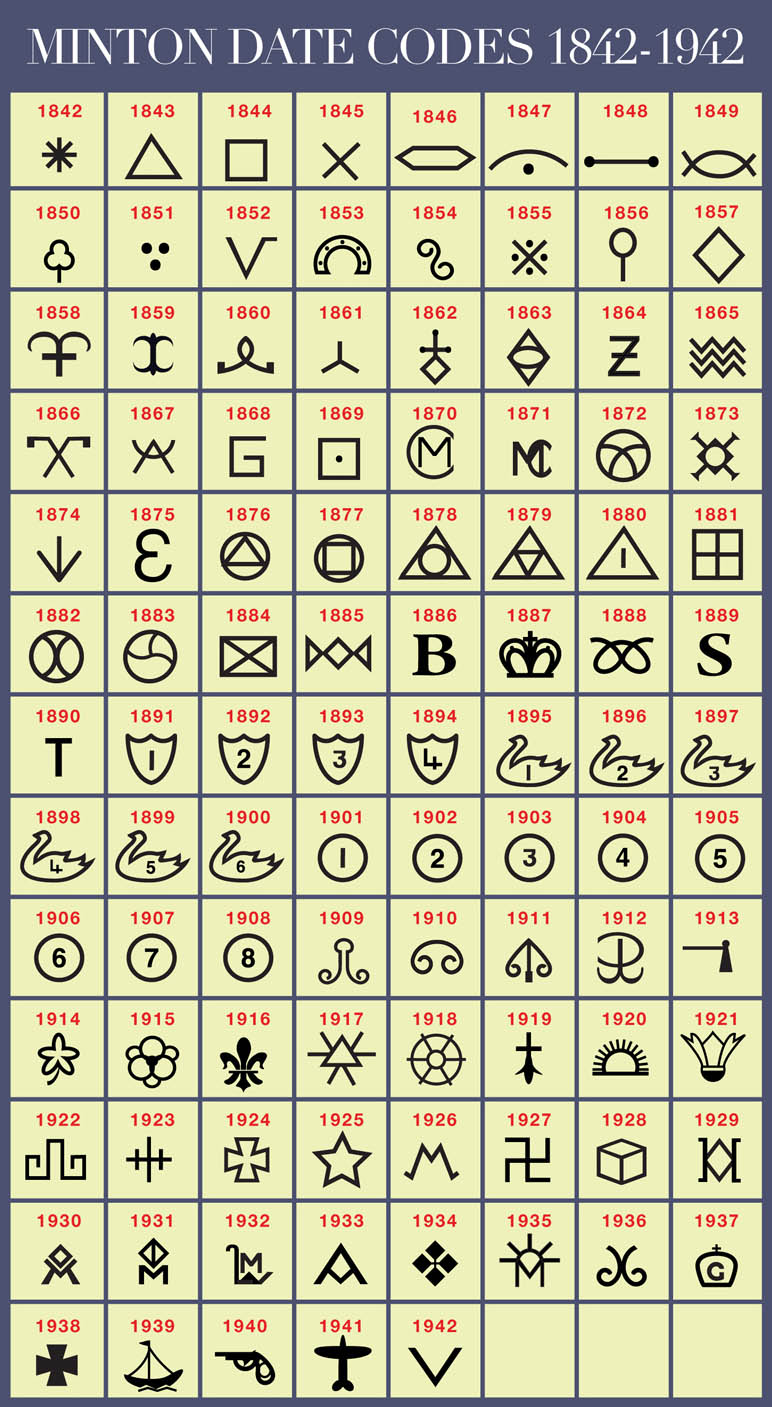
Glazed and Confused Majolica Pottery Marks Minton Date Codes
An Illustrated Guide to Minton Printed Pottery, 1796-1836. Geoffrey H. Priestman.. One reason for the book's focus on pattern identification is revealed in the chapter "Early Minton Factory Marks." Nonetheless, one wonders why Minton was so reluctant to link his name to his early transfer-printed wares, only inscribing a modest.

Antiques Atlas Minton Pottery Aesthetic Movement Bottle Vase 1872
One plate has an additional hand painted mark of minton small the dashes with a marks minton line to the right; this mark can also be seen as two pottery dashes with a longer horizontal line beneath the looks somewhat like pottery emoticon what face. Dating Minton Porcelain and Pottery using antique Minton Marks
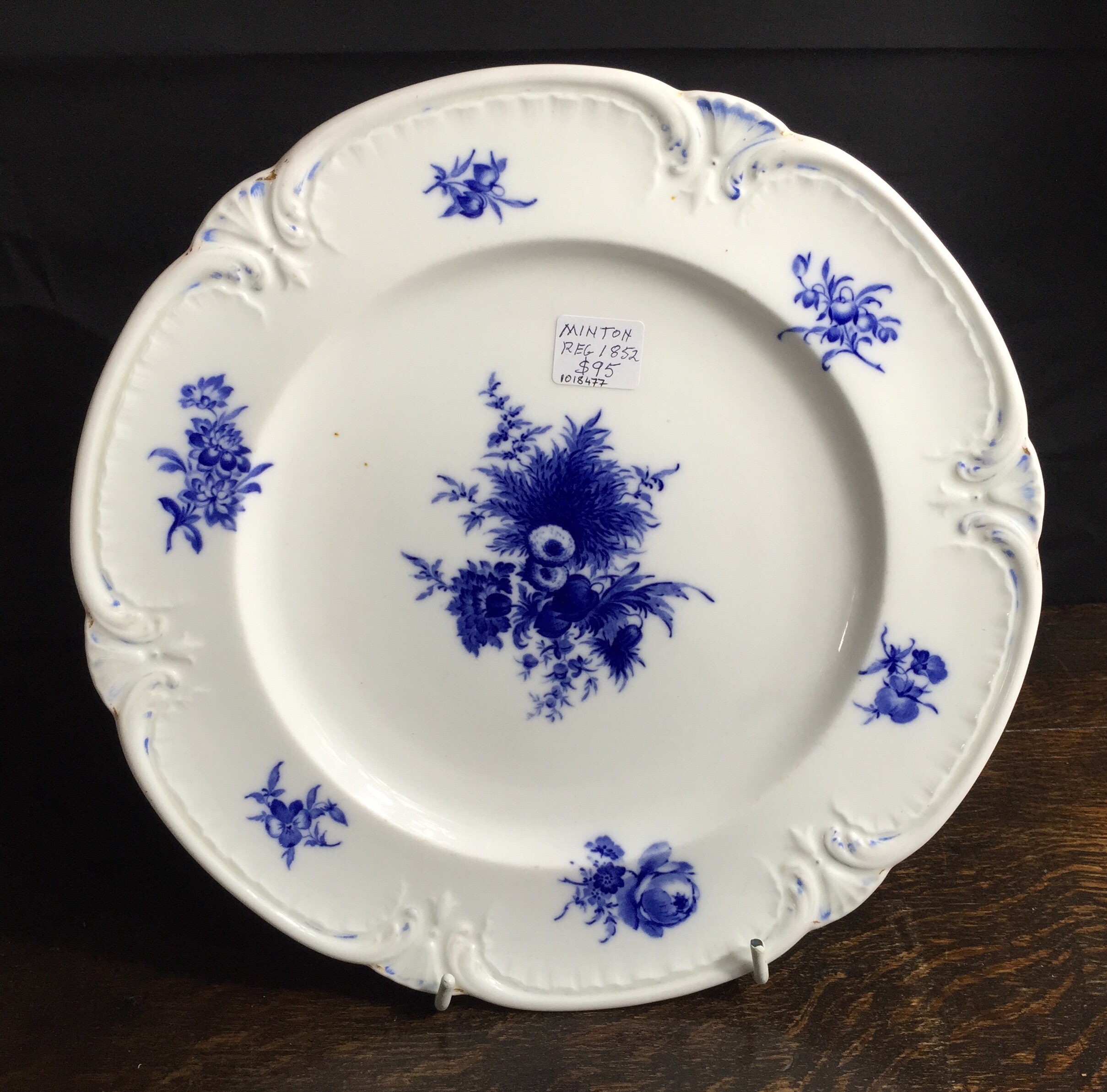
Minton bone china plate with blue flower sprays, registered mark 1852 Moorabool Antiques Galleries
Antique Minton Marks on Pottery and Porcelain : c1805 to 1806 - Mark in overglaze blue enamel only used with gilded pieces. Before 1805 pattern number is preceded by No., after 1805 pattern number is on its own.
Minton (?) 'Floral Ribbon' serving plate Antiques Board
Wedgwood Date Marks. Josiah Wedgwood started marking his production in about 1759, impressing his name into the underside of the pottery with printer's movable type. The resulting mark was often uneven and sometime arced. From 1769 until 1781, he adopted the familiar WEDGWOOD mark with the name impressed from a single slug.
.jpg)
A PAIR OF MINTON PORCELAIN BLACKGROUND VASES , DATE CYPHER FOR 1875, IMPRESSED UPPERCASE AND
Pottery is one of the oldest decorative art forms, and Minton is one of its historical masters. For more than 250 years, the English company was a premier producer of porcelain and ceramic wares. Its factory was known for detailed and brightly colored Victorian tableware, including dinner plates and serving pieces.. Thomas Minton founded the Minton factory in 1793 in Stoke-upon-Trent, England.
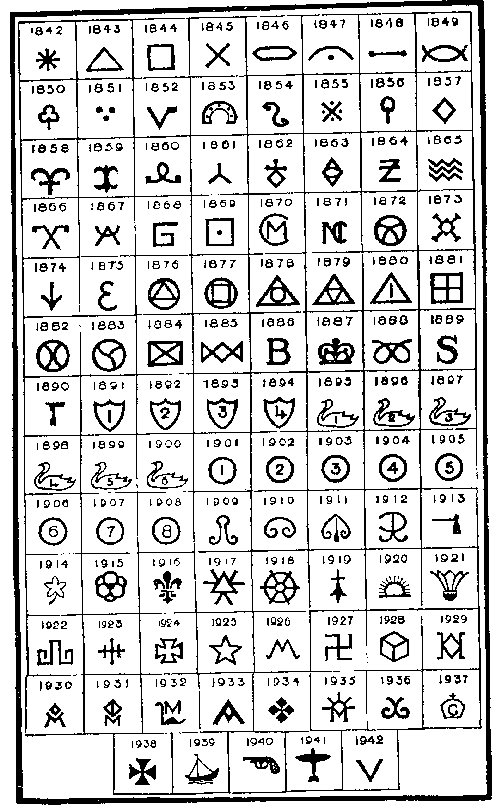
Dating minton pottery marks Porcelain and Pottery Trade Marks. 20191122
which indicate the date of manufacture: Example of the 1878 Minton date mark During its history of nearly two hundred years from 1796, this very important Stoke firm with an international reputation has traded under various trade styles. Thomas Minton c.1796 Minton and Poulson c.1796-1800 Minton, Poulson and Pounall c.1800

441 12 FLORAL MINTON CHINA PLATES Lot 441
Minton's was the only English china factory of the 19th century to employ a Sèvres technical process called pâte-sur-pâte (q.v.; painted decoration in white clay slip instead of enamel before glazing).Minton also produced Parian figures. The Minton factory was the most popular supply source in the 19th century of dinnerware made to order for embassies and for heads of state.

Minton Delft Plates Mintons Antique Flow Blue White China from mercymaude on Ruby Lane
History 1793 to 1850 The firm began in 1793 when Thomas Minton (1765-1836) founded his pottery factory in Stoke-upon-Trent, Staffordshire, England as "Thomas Minton and Sons", producing earthenware. He formed a partnership, Minton & Poulson, c.1796, with Joseph Poulson who made bone china from c.1798 in his new near-by china pottery.

A PAIR OF MINTON PORCELAIN TURQUOISEGROUND VASES CIRCA 1870, IMPRESSED UPPERCASE MARKS, SHAPE
Antique Minton Marks on Pottery and Porcelain : From c1842 Minton introduced a year cypher. A guide to dating antique Minton marks and dating Minton Porcelain including the full list of Minton year cyphers used by Minton over its 200 year history
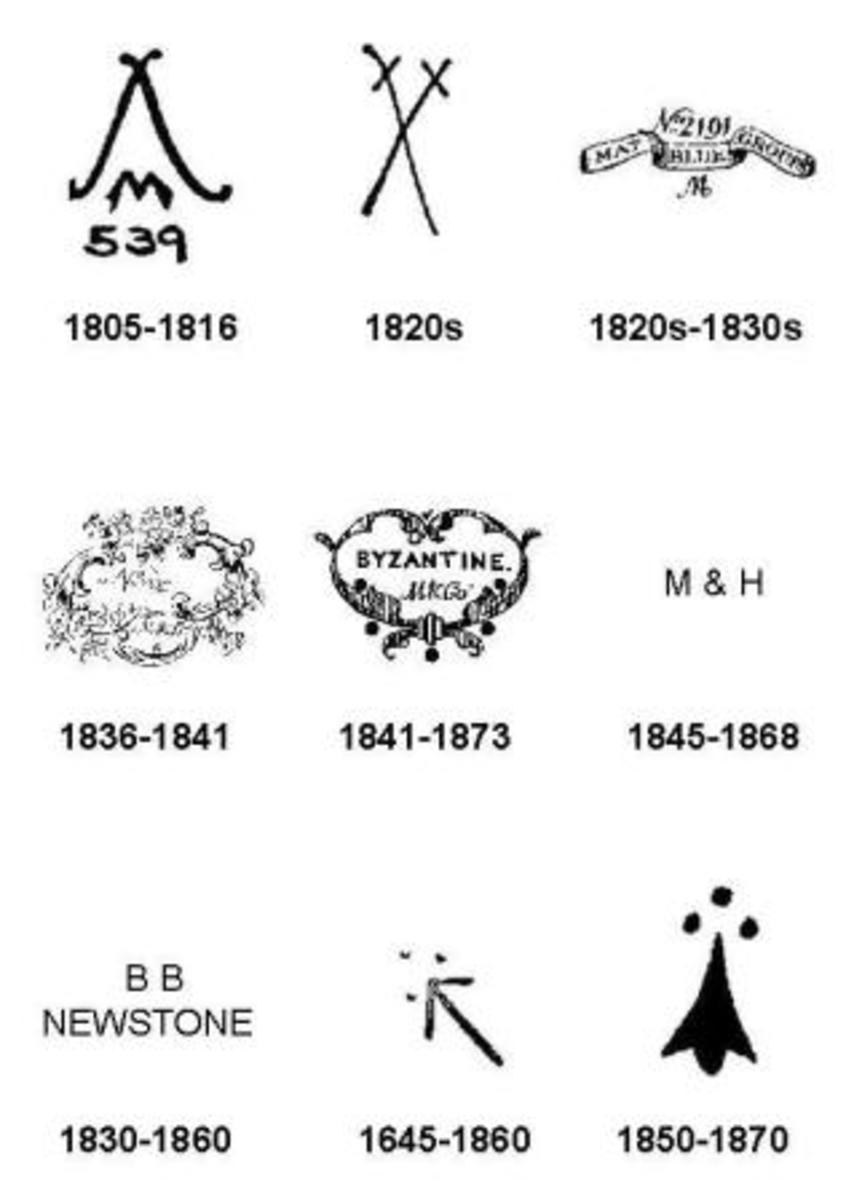
What is Majolica? The Marks That Make This Pottery Unique
Doulton - Minton Marks This table lists marks used on Doulton, Royal Doulton, and Minton ceramics, the dates they were used, and the method of printing. To read this article — and over 25,000 more — try Kovels Membership FREE for 7 Days

Lot Detail Minton China (48) Pieces
Other valuable ones include those that were used by important factories or workshops, such as the Minton company. Pottery marks can also be valuable if they date back to a specific period in history. For example, pottery marks from the Art Deco period are often quite valuable. And finally, pottery marks that are rare or unusual can also be.

Minton Fine Bone China Dinnerware Plus Serving Pieces including "Buckingham" EBTH
Thomas Minton established a pottery in Stoke-on-Trent, Staffordshire, in 1793. Thomas Minton & Sons produced earthenware. Around 1796, Minton entered into partnership with Joseph Poulson. Utilizing Poulson's factory, Minton & Poulson began making bone chine around 1798. When Poulson died in 1808, Minton became the sole owner of the company.
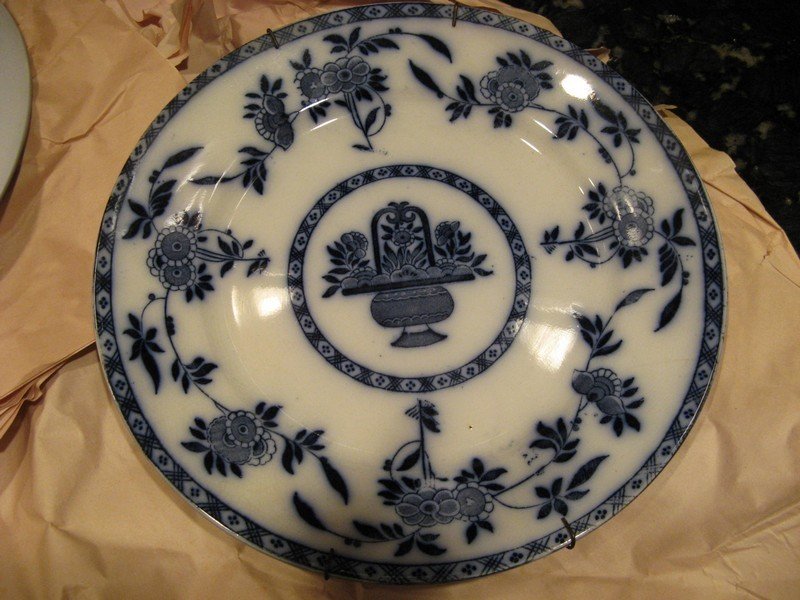
Minton Delft Plates With 3 Marks Equaly Spaced On Back Artifact Collectors
Minton majolica marks are always impressed into the body and always found on the base or underside of the piece. Occasionally a thick glaze will obliterate part of the mark so it may not be seen but it is almost always there.